Red Campion (Silene dionica) is a member of the Caryophyllaceae (Carnation) family and is a common wild flower found all over the UK and most of Europe.
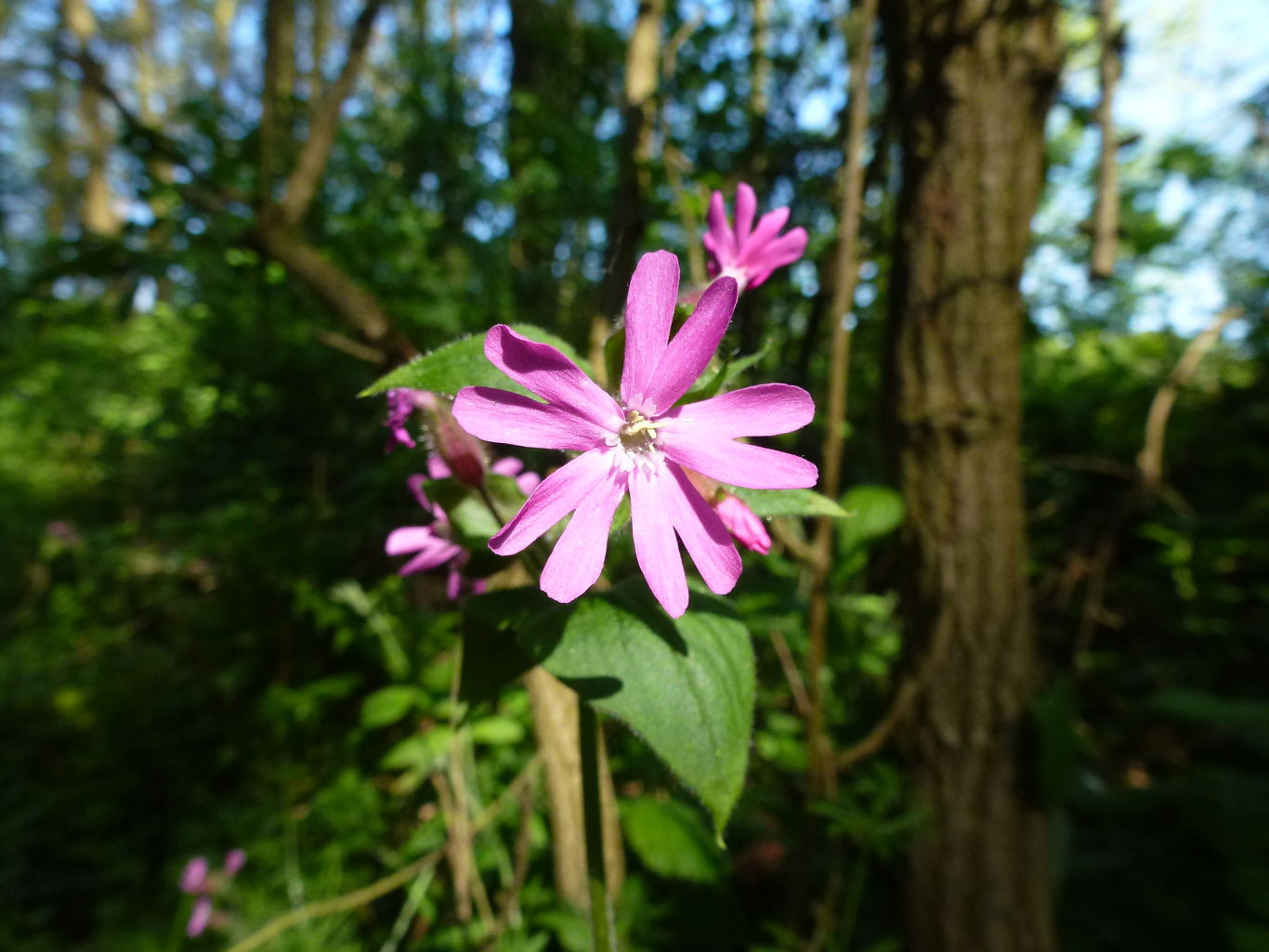
It’s an herbaceous perennial meaning that it dies back over winter leaving no living matter above ground growing back from root stock or seed the following spring.
His and Hers
Red Campion is dioecious (hence the second part of its latin name) which means it has separate male and female plants.
The female plant produces a white froth that it uses to increases the chance of trapping pollen from visiting insects. This is how the plant came by the first part of its latin name Silene which originates from the Greek for Saliva.
It has a hairy stem that is slightly sticky to touch and the leaves grow in twos on opposing sides of the stem.
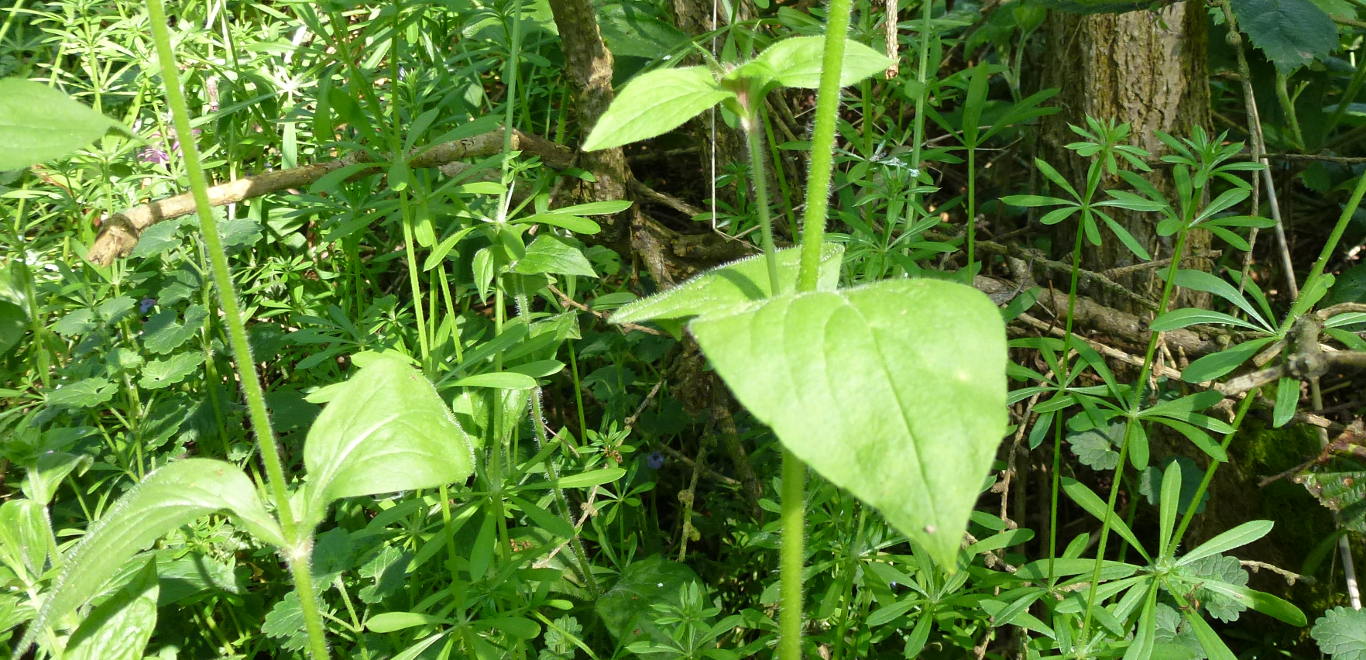
Red Campion has a long flowering season that can last from from May to September or even later in these modern times of unseasonably warm winters. It is commonly found in woodland areas, around hedges, on verges and likes anywhere where there is at least some shade. It prefers well drained soil and can produce thousands of seeds which can lie dormant in the ground until conditions are right for germination.
They are important pollinators providing an important food source for insects such as hover flies and butterflies.
Also Known As…
As well as Red Campion it’s also known by a variety of other names including:
Batchelors’ Buttons – probably because at some point it was worn by single men.
Red Catchfly – this is probably because as well as catching pollen the white froth generated by the female plants can sometimes trap smaller insects; this, however, is not intentional and the plant does not consume the unfortunate captives in any way.
Keep your eyes peeled for the less common White Campion which as you can imagine is like Red Campion but white.
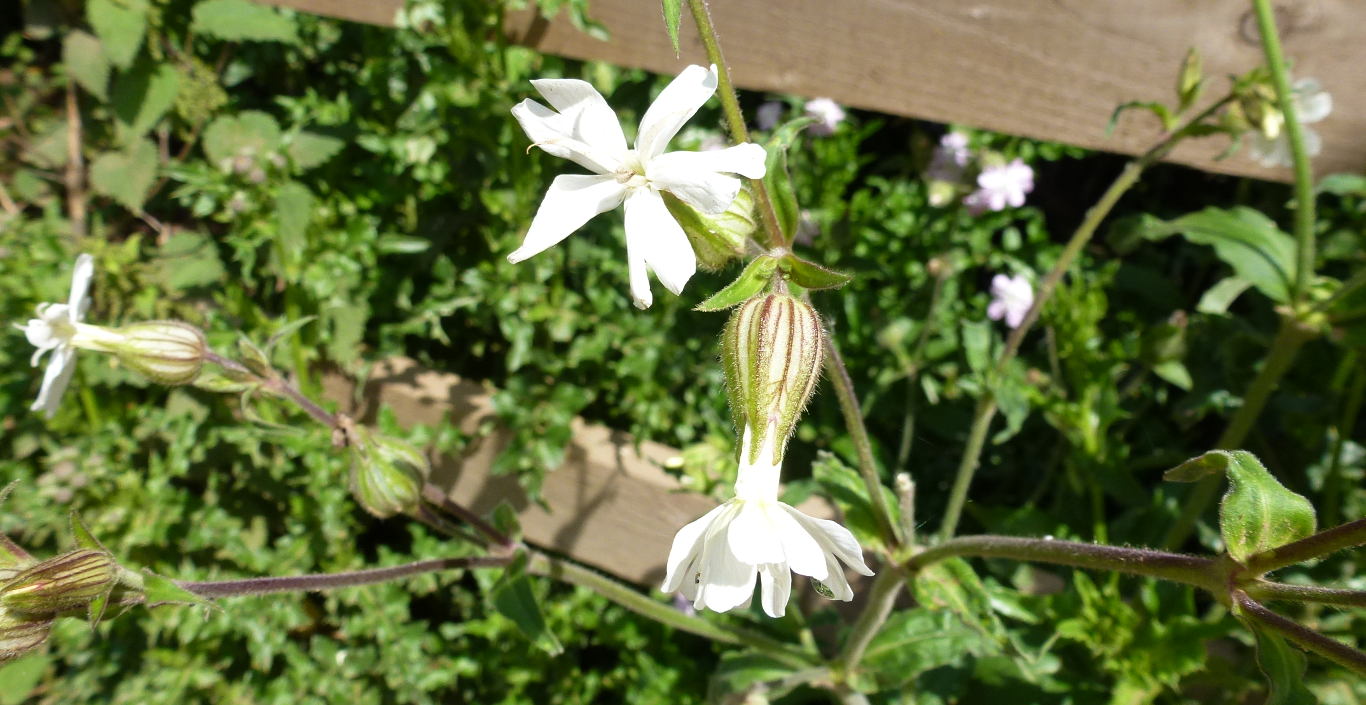
We also came across this slightly pink variety that is possibly (we don’t know for sure) a cross between the red and white varieties.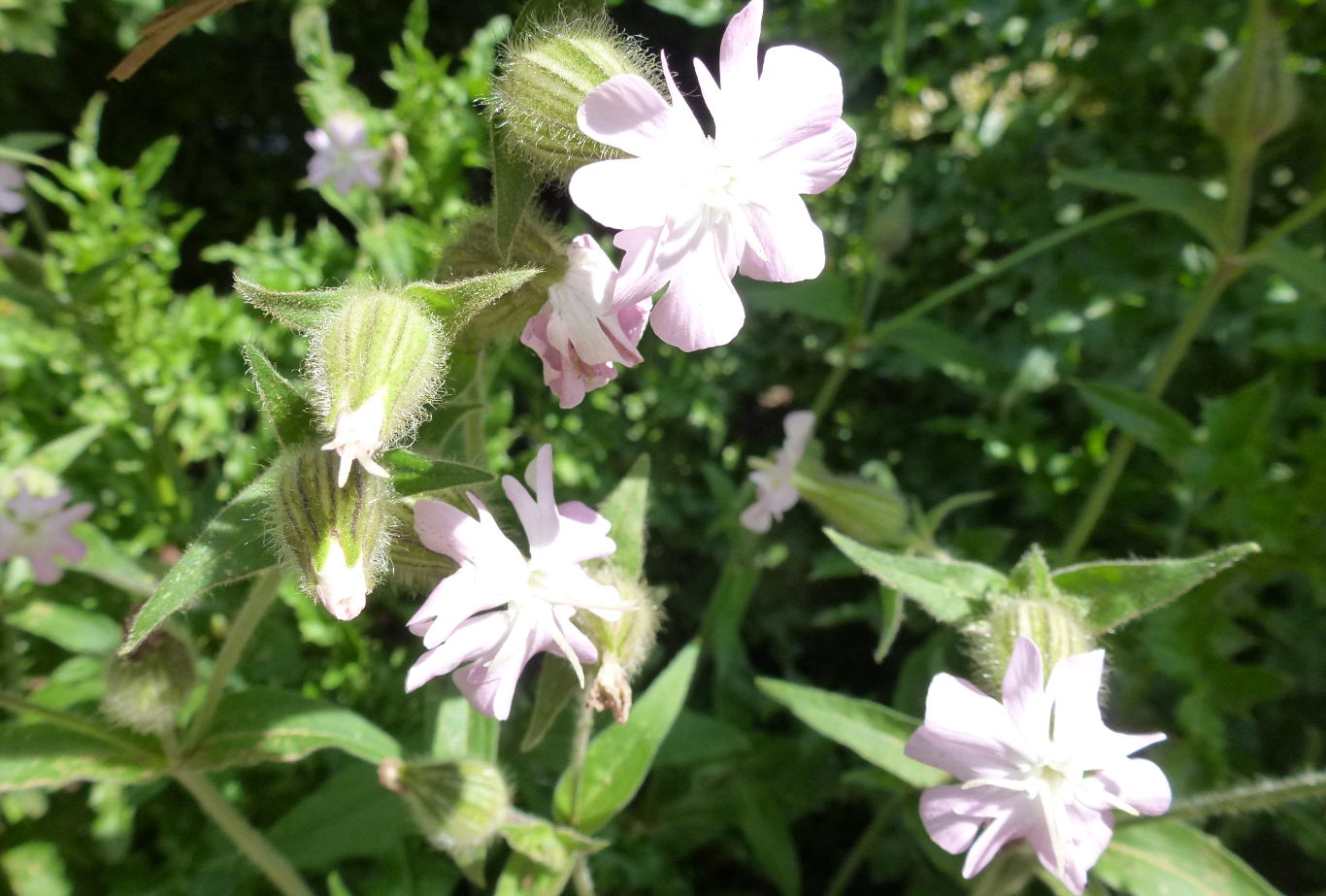
If you know any-more about Campion cross pollination or know any other names for this wild flower, please let us know.

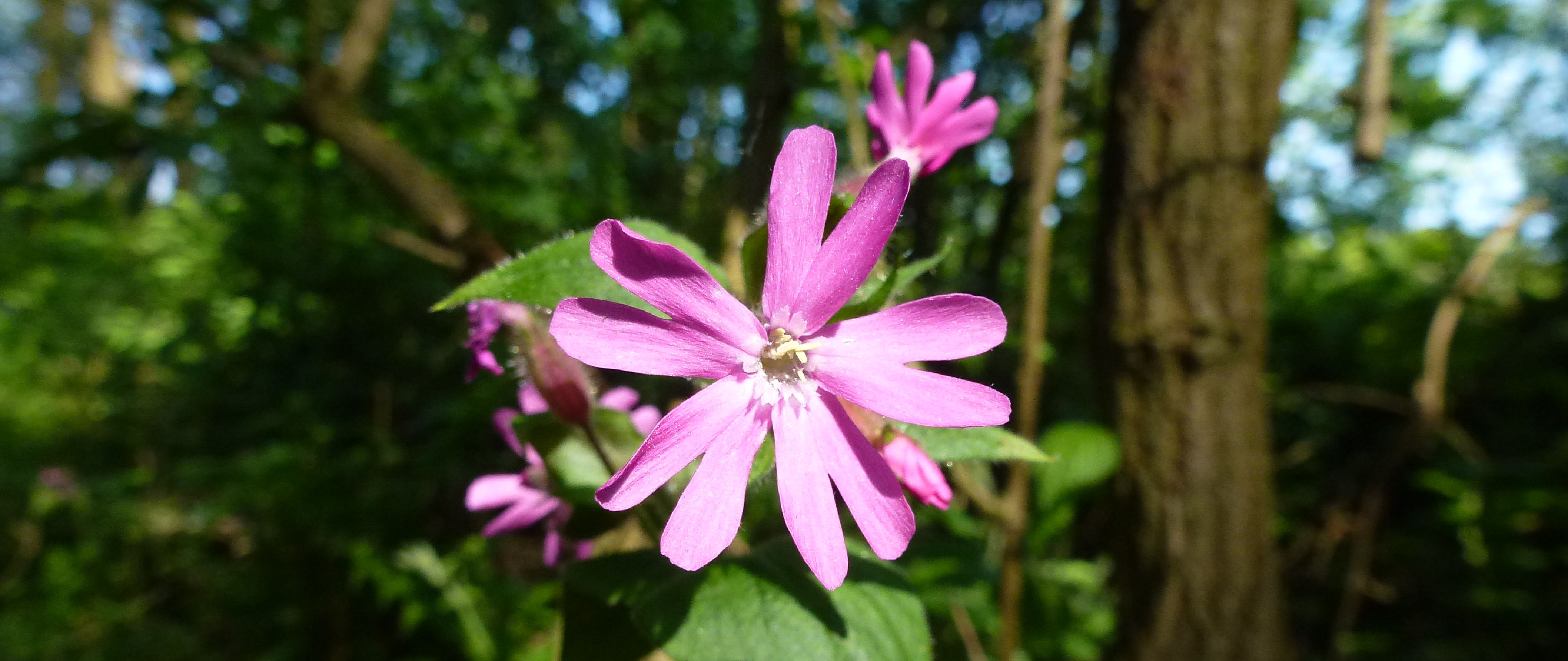
But you haven’t said why it’s called ‘red’ campion, when it is clearly pink. Is this a change in the use of ‘pink’, as in the ‘pink’ coats worn by the head huntsman in fox hunting?